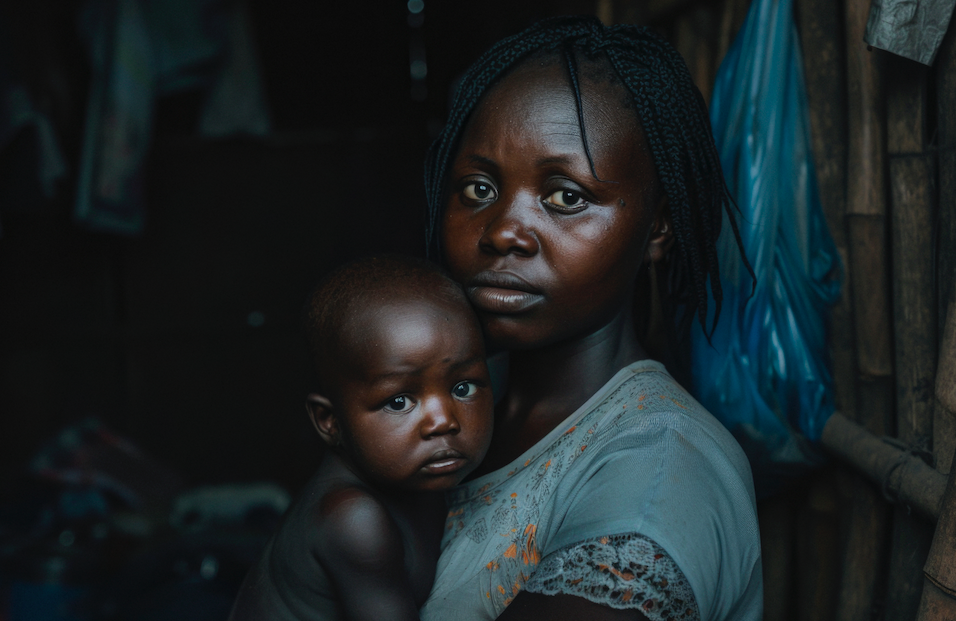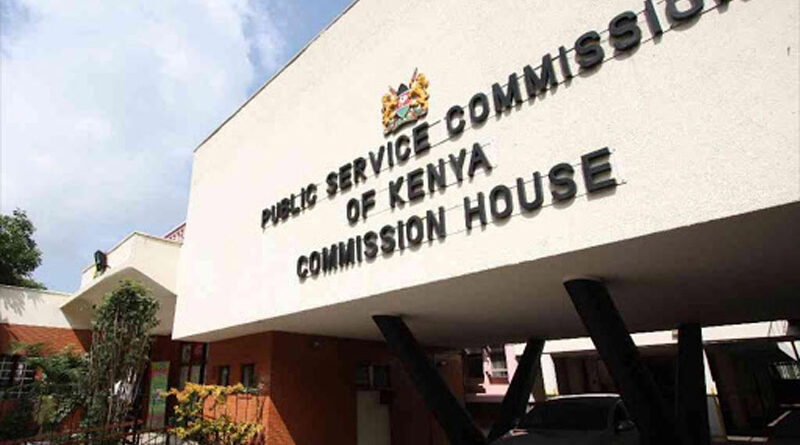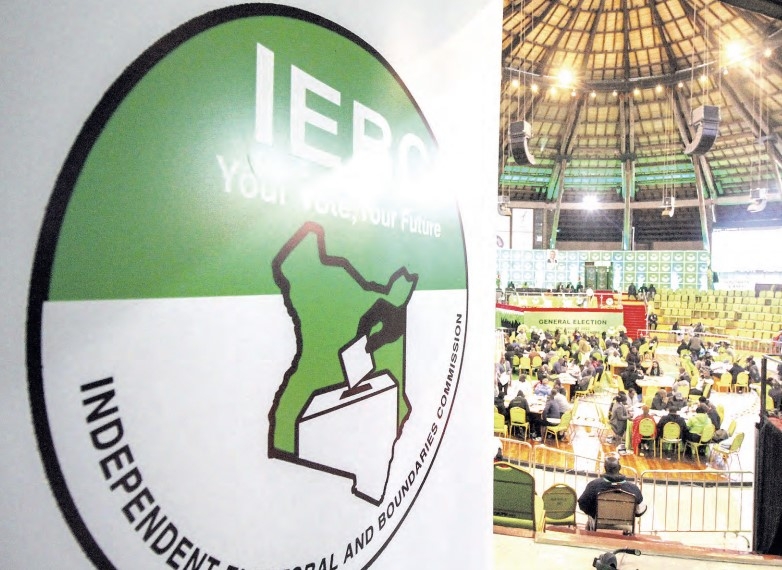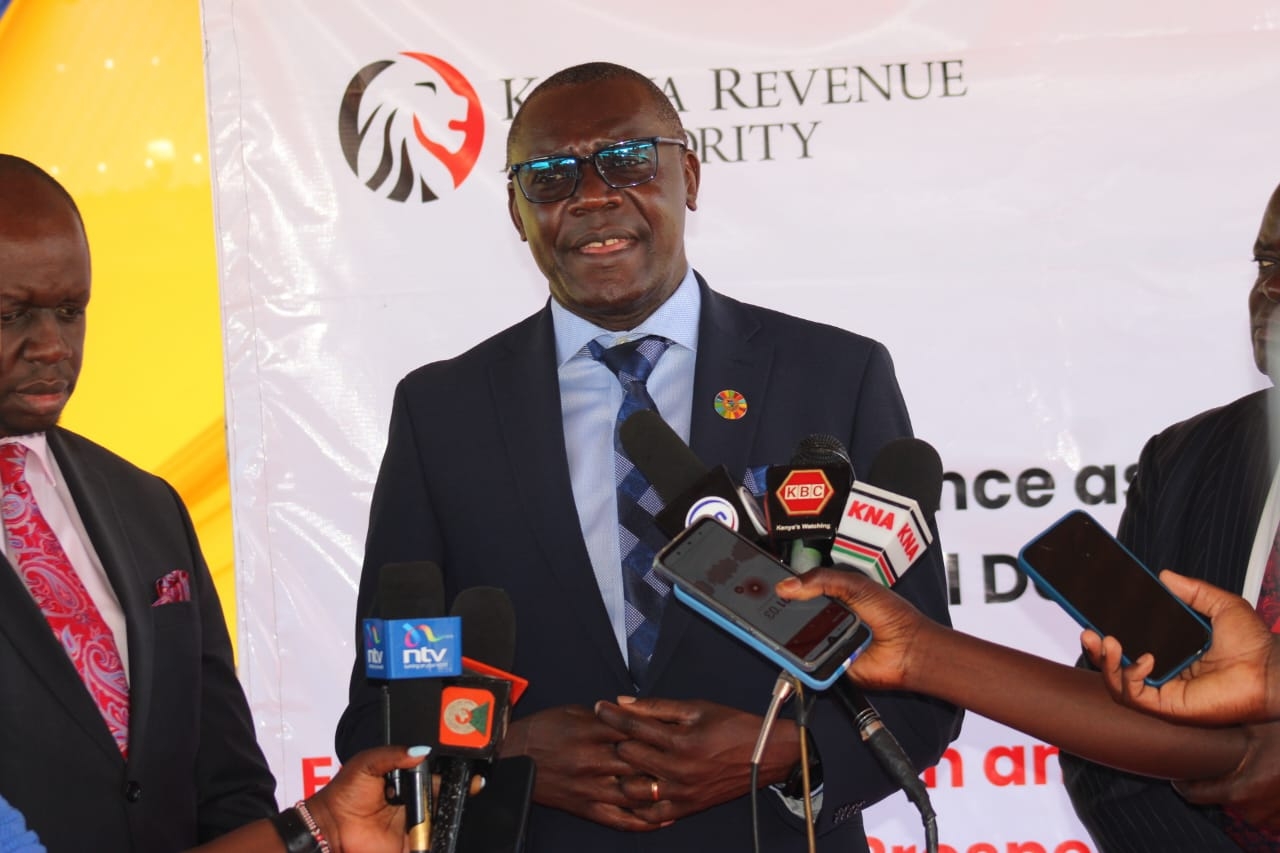 The
report suggests the low abortion rate in uneducated women may be due to disparities in access to
information, contraceptive options, or differing social pressures across
educational backgrounds. Image/ AI generated.
The
report suggests the low abortion rate in uneducated women may be due to disparities in access to
information, contraceptive options, or differing social pressures across
educational backgrounds. Image/ AI generated.
Women who have never gone to school have the lowest abortion rates in Kenya, at just three percent.
This stands in stark contrast to women with secondary education or higher, who account for more than half of all reported abortions.
According to the newly released 2025 policy brief titled Exploring the Lived Experiences of Women Who Have Had Abortions in Kenya, an estimated 792,694 induced abortions occurred in Kenya in 2023.
This is based on a survey conducted by Nairobi-based non-profit African Population and Health Research Centre (APHRC) last year.
The findings were released in Nairobi on May 2.
The 792,694 abortions translate to a rate of 57.3 abortions per 1,000 women of reproductive age (15-49 years) and an induced abortion ratio of 48.1 abortions per 100 live births. This figure nearly doubles the 400,000 abortions reported in 2013, highlighting a growing reproductive health challenge.
The current study surveyed more than 2,000 women. It shows that despite the legal and social barriers, abortions remain common –particularly among women aged 25-34, most of whom are already mothers.
“While many assume that abortion is an issue affecting mostly young or uneducated women, our data shows the opposite,” the brief states. “The majority of women who induced abortion had completed secondary education or higher, were currently in a relationship, and had at least one child.”
Indeed, women with no education accounted for just 3 percent of the abortion cases surveyed. In comparison, women with secondary education or more represented 56 percent.
The report suggests this difference may be due to disparities in access to information, contraceptive options, or differing social pressures across educational backgrounds.
Yet, education alone does not shield women from the dangers of unsafe abortion. The study found that while most women (72 percent) used World Health Organization (WHO)-recommended methods such as medication abortion (with drugs like misoprostol), 8 percent still resorted to harmful practices, including inserting sharp objects, drinking toxic substances, or taking inappropriate medications.
Alarmingly, one in four women (27 percent) used traditional methods like herbal concoctions, teas, or massages to induce abortion. This raises concerns about the continued reliance on unregulated and potentially unsafe methods, even as modern options are theoretically available.
Another striking finding is the role of contraception—or lack thereof—in unintended pregnancies. Two-thirds of women who sought abortions were not using any contraceptive method at the time they conceived. The most cited reasons were fear of side effects (42 percent) and the belief they could not get pregnant (31 percent), often due to myths about breastfeeding, infertility, or menopause.
“These findings underscore the urgent need to improve contraceptive counseling, dispel myths, and provide accurate information,” the report emphasizes. It also stresses that access to family planning services is generally not the main barrier, as only 12 percent of women cited lack of access as their reason for not using contraception.
The study, conducted across four major counties – Nairobi, Mombasa, Kisumu, and Nakuru – used respondent-driven sampling to ensure that women’s diverse experiences were captured. The authors call for more ongoing research to understand the lived experiences of women seeking abortion in Kenya and to guide policies that promote safer practices.
“In a setting where abortion is largely clandestine, understanding how women navigate these choices is critical to designing health interventions that save lives,” the brief concludes.











